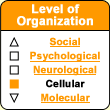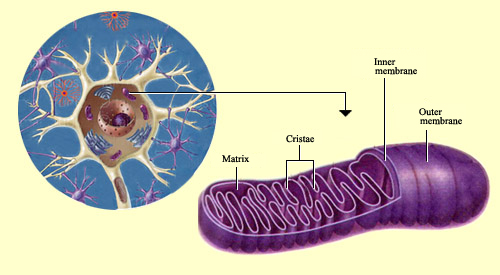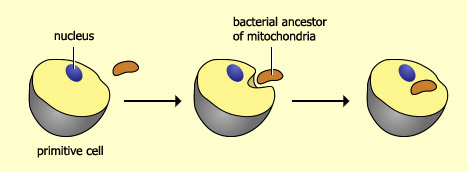|
|
| Funding for this site is provided by readers like you. | |
|
|
|
|
|||||
|
|
|||||||
|
|
|
|
|
|
Free Radicals and Aging: More Complicated Than We Thought
|
|
Mitochondria are cell organelles that are shaped like little sausages and that supply energy to the neurons. These mitochondria evolved through a very special process. In fact, if the event through which mitochondria originated had not occurred, it is very unlikely that multi-celled organisms would ever have evolved, and even less likely that organisms with nervous systems would have done so.
We human beings thus owe a great deal to this key event in the history of evolution. Interestingly, this event resulted not from a process of competition, but rather from one of co-operation: all the evidence indicates that mitochondria were early bacteria that were incorporated into larger cells.
The term symbiosis is used
to describe this kind of co-operation, which greatly benefitted
both parties concerned. The bacteria —"the ancestors
of our mitochondria" thereby obtained a stable, nutrient-rich
environment in which to live. For their part, the larger cells
into which the bacteria were incorporated obtained the cheap energy
that these bacteria could produce using the oxygen in the Earth's
atmosphere —oxygen that the larger cells not only could not
use on their own, but
that was actually toxic to them. |
|
|||||||||||||||||||||||||||||||||||||||||||
| |
|
|
|
|
|
|
|
|






